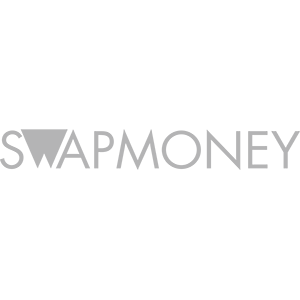In September 2022, Currencycloud, in conjunction with the Singapore Fintech Association, organized a panel discussion with some payment services players to help shed light on the Web 3.0 picture. We invited M-DAQ’s Business Development Regional Director, Jason Tay, 2C2P’s Global Marketing Director, Soohan Han, as well as Cumberland Lab’s Head of Incubation, Naveen Agnihotri. The session was moderated by Currencycloud’s Managing Director of APAC, Rohit Narang.
We highlight here the key touchpoints from that session.
1. Web 3.0 is the future of blockchain payments
How we make payments today will be disrupted by how things can be done differently to make the future of money movement better. That will likely be from the use of blockchain in future.
At present, there exists two types of money, tokenized money, and fiat. Tokenized money has existed since the birth of civilization. In a transaction of this type, use of a token of money must first be validated for authenticity before the deal is complete.
Fiat money is paper money made legal tender by a government decree, with its cashless version brought to life by banking technology and security practices. In use, every swipe of a card triggers a system of checks to ensure all stakeholders agree to the completion of the desired transaction.
With Web 3.0, tokenized money will be revived for the digital age. With blockchain technology, all information associated with the money is locked-in with a smart contract, showing proof of all parties in agreement. Applied to a peer-to-peer system, it can technically remove the verification layer between the peers, thus cutting out rent-taking by the middle parties.
2. Blockchain for multiple uses
Blockchain, however, does not have to be peer-to-peer. It can also be used in a new payment concept called a Central Bank Digital Currency (CBDC). This is the digital form of fiat money issued by central banks and operating on authorized blockchains (private), as opposed to the permissionless blockchains (public) like those used by cryptocurrencies.
Central banks are the key beneficiaries, as they do not have to overhaul their traditional financial systems and yet could exert a level of control over the currency. A CBDC is highly traceable and can be inbuilt with functions like a yield or other saving-bearing components. Central banks can also mandate its transparency, speed, and cost. Written appropriately, a smart contract will facilitate instantaneous transactions of money with complete transparency, making CBDCs flexible and low-cost in actual use.
According news and research firm, Cointelegraph, the nations that are keenest to experiment with CBDC are those at risk of hyperinflation, which describes a significant part of the APAC region. CBDC and similar efforts could help businesses reduce operational costs and speed up cross-border transactions, thus helping with the overall stability of their fiat currencies.
3. CBDCs versus direct and open alternatives
While CBDCs sound ideal for some central banks, consumers are less concerned with the mechanics of money movement and more concerned about whether they can transfer money quickly, easily, and inexpensively. Hence, the central banks with well-established payments infrastructure are not limiting themselves to CBDCs, but also exploring other systems to see what works best for their needs.
One example is the partnership between two open banking payment ecosystems, namely Singapore’s PayNow and Thailand’s PromptPay for real-time cross-border retail payment, a global-first working model to test the feasibility of moving money between e-wallets in different countries. Since those discussions began, Malaysia’s DuitNow has joined the partnership and more countries could potentially be included to form a mega open payment ecosystem.
Web 3.0 is a world of better choices
Web 3.0 is a future where money moves seamlessly across borders. Whether this goes on a single route or divergent routes remains to be seen. With each new option now being developed to either solve an existing problem or to fulfill a specific purpose, Web 3.0 will represent a state where long standing challenges in cross-border payment will cease to exist.
If you'd like to discover how Currencycloud can streamline cross-border payments for your business, talk to our team of experts now.




